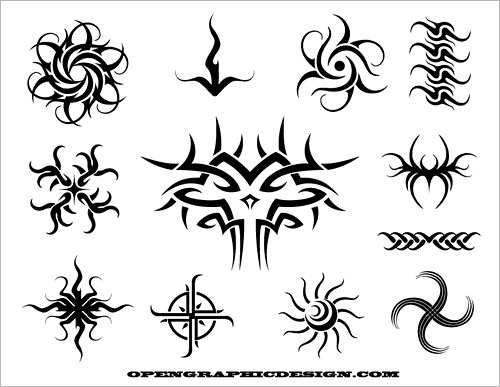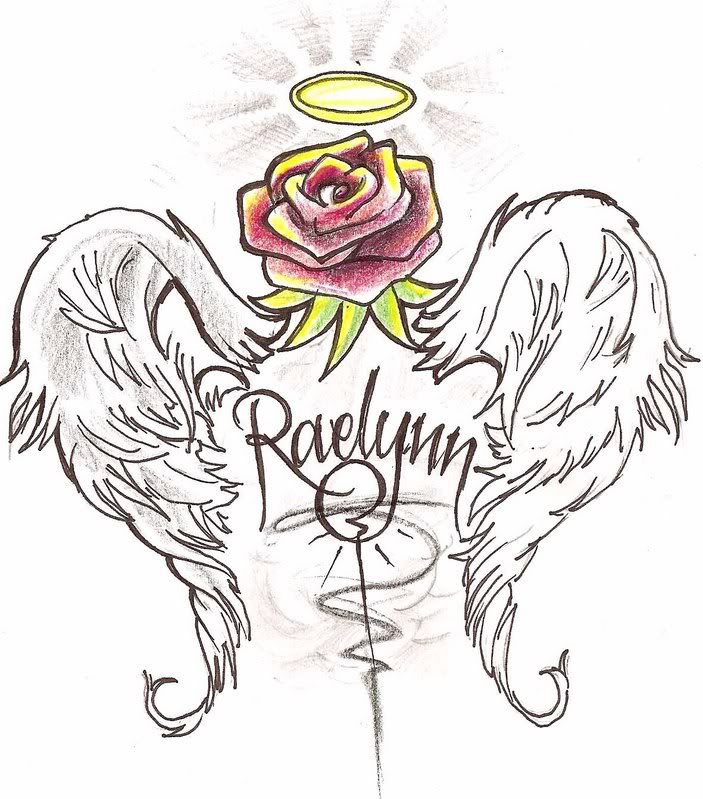




The definition of Tattoo Art and this evaluation has become especially problematic since the early 20th century. Richard Wollheim distinguishes three approaches: the Realist, whereby aesthetic quality is an absolute value independent of any human view; the Objectivist, whereby it is also an absolute value, but is dependent on general human experience; and the Relativist position, whereby it is not an absolute value, but depends on, and varies with, the human experience of different humans. An object may be characterized by the intentions, or lack thereof, of its creator, regardless of its apparent purpose. A cup, which ostensibly can be used as a container, may be considered art if intended solely as an ornament, while a painting may be deemed craft if mass-produced.


No comments:
Post a Comment